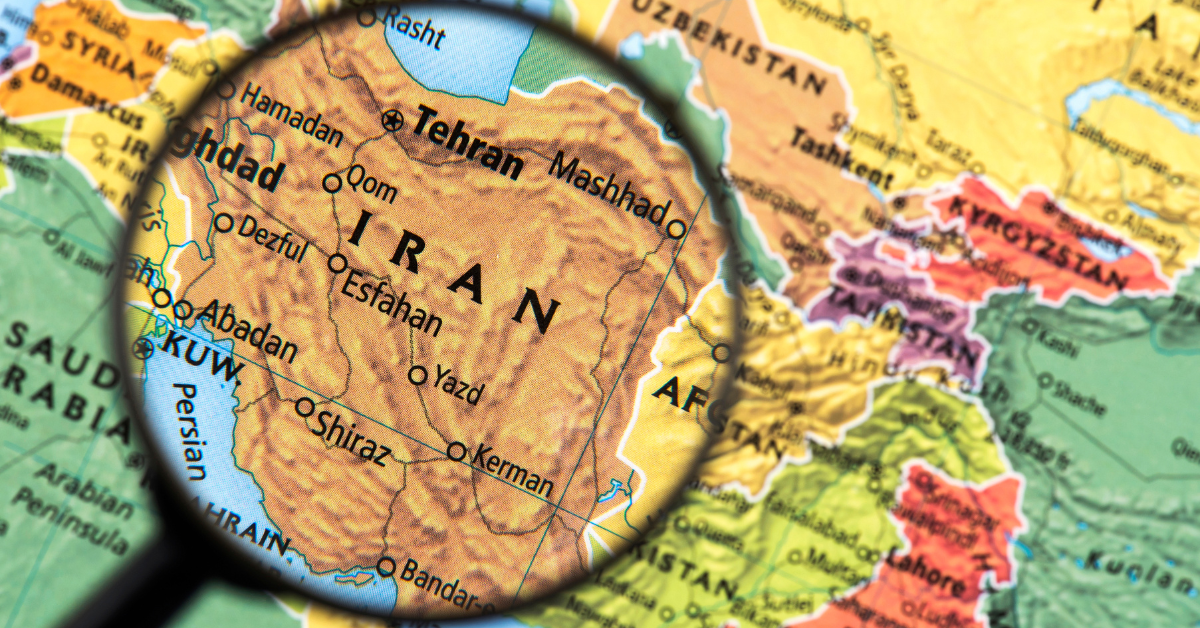In Japanese, the country name Iran can be written in kanji as “伊朗” or “伊蘭”, reflecting a historical tradition of transcribing foreign words into Chinese characters and the influence of Chinese notation. These two forms are not arbitrary; each carries its own nuances, meanings, and cultural background.
Background of Kanji Transcriptions for Foreign Place Names in Japanese
From the Meiji period to the early Showa era, it was common in Japan to write foreign place names in kanji rather than katakana. This practice was inherited from the Chinese tradition of transcribing sounds into kanji.
When doing such transcriptions, kanji with sounds close to the original pronunciation were selected and combined to represent the place name. This method was widely used in newspapers, diplomatic documents, and map-making at the time.
| Era | Main notation method | Characteristics |
|---|---|---|
| Late Edo – Early Meiji | Chinese-derived kanji transcription | Forms like “伊蘭,” closer to Chinese notation, were common |
| Late Meiji – Early Showa | Mix of Japanese-original transcriptions | Increase in use of “伊朗” |
| Postwar | Unified katakana notation | “イラン” became the standard |
Thus, kanji notation was not just phonetic representation—it reflected changes in era and cultural exchange.
Differences and Meanings of “伊朗” and “伊蘭”
Both “伊朗” and “伊蘭” are notations representing the sound of the Persian word Iran, but the choice of kanji and the background behind them differ.
| Notation | Meaning of characters | Sound origin | Usage background |
|---|---|---|---|
| 伊朗 | 伊 = “I,” 朗 = “Ran” (bright, cheerful) | “I-ran” from Iran | Spread in Japanese newspapers and official documents from Meiji onward |
| 伊蘭 | 伊 = “I,” 蘭 = “Ran” (orchid plant) | Same “I-ran” | Adopted during periods influenced by Chinese notation |
伊朗 gives a softer, intellectual impression and was more common in diplomacy and journalism.
伊蘭 followed the widely used Chinese form and was adopted in Japan during earlier periods.
Why Multiple Notations Existed
The variation in notation arose from Chinese influence, lack of domestic standardization, and shifts in language policy over time.
| Cause | Details |
|---|---|
| Chinese influence | Japanese transcription often referenced Chinese dictionaries and maps, where “伊蘭” was common. |
| Lack of unified standards in newspapers and diplomatic documents | From Meiji to early Showa, “伊朗” and “伊蘭” were mixed, varying by publisher. |
| Postwar katakana unification | The Ministry of Foreign Affairs standardized foreign place names into katakana, fixing “イラン” as the sole form. |
This mixture of notations can offer fascinating discoveries when studying historical documents or old maps.
Usage in the Modern Era
In contemporary Japan, “伊朗” and “伊蘭” are almost never used in official documents or news reports. However, they still appear in historical studies, old manuscripts, and map interpretation. In literature, kanji notation is sometimes chosen deliberately to evoke a specific historical atmosphere.
| Use | Modern example |
|---|---|
| Historical research | Quoting Meiji-era diplomatic documents or newspaper articles |
| Literary works | Historical novels or setting recreation |
| Cultural materials | Reproductions of old maps or timelines |
Conclusion
“伊朗” and “伊蘭” are both kanji transcriptions of the sound “Iran” in Japanese, chosen and used differently depending on the era and cultural influences.
Today, the katakana “イラン” is standard, but these kanji forms remain historical evidence of Japan’s interaction with the world.
Each character carries meaning and nuance, giving the notation cultural value beyond simple phonetic transcription.






